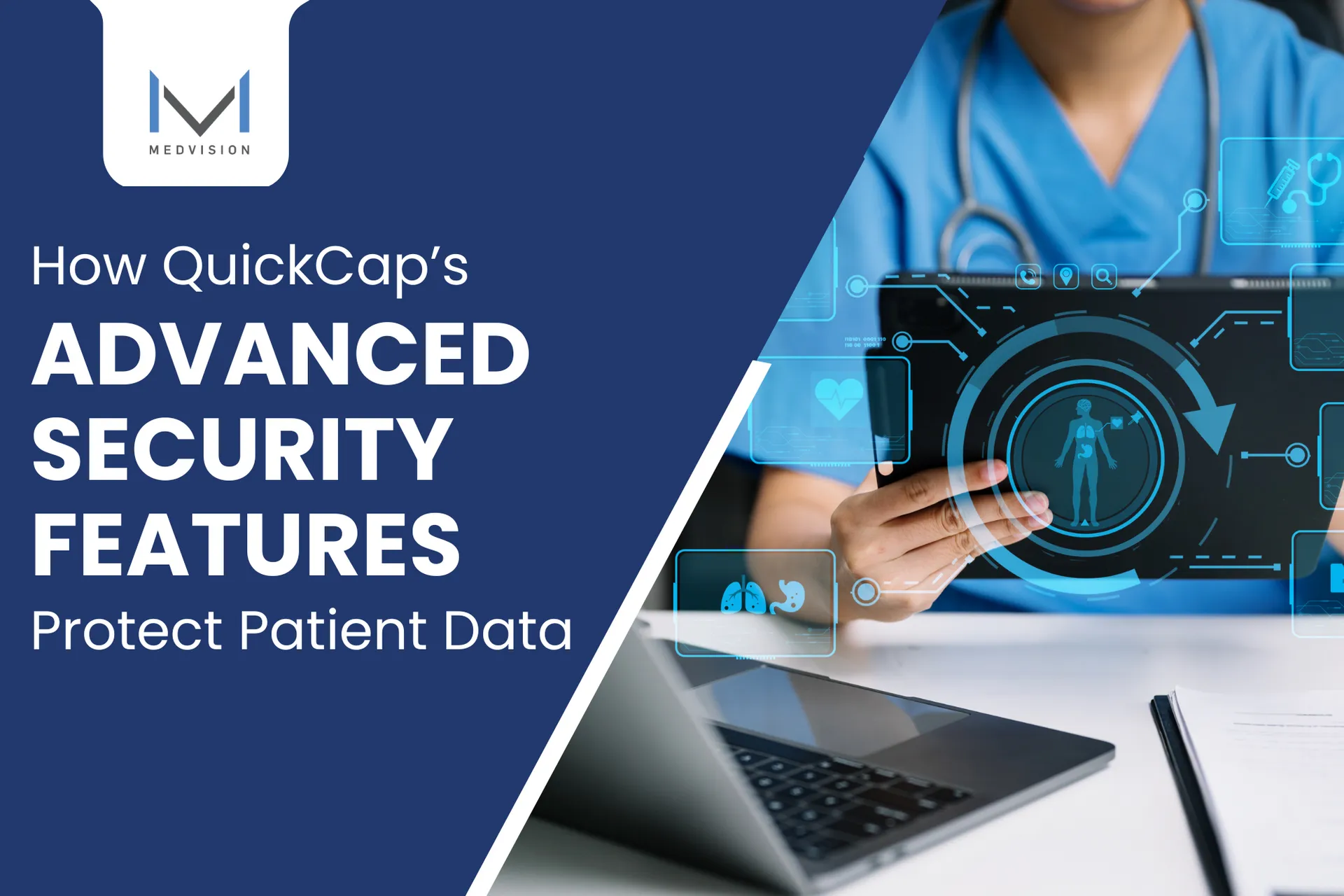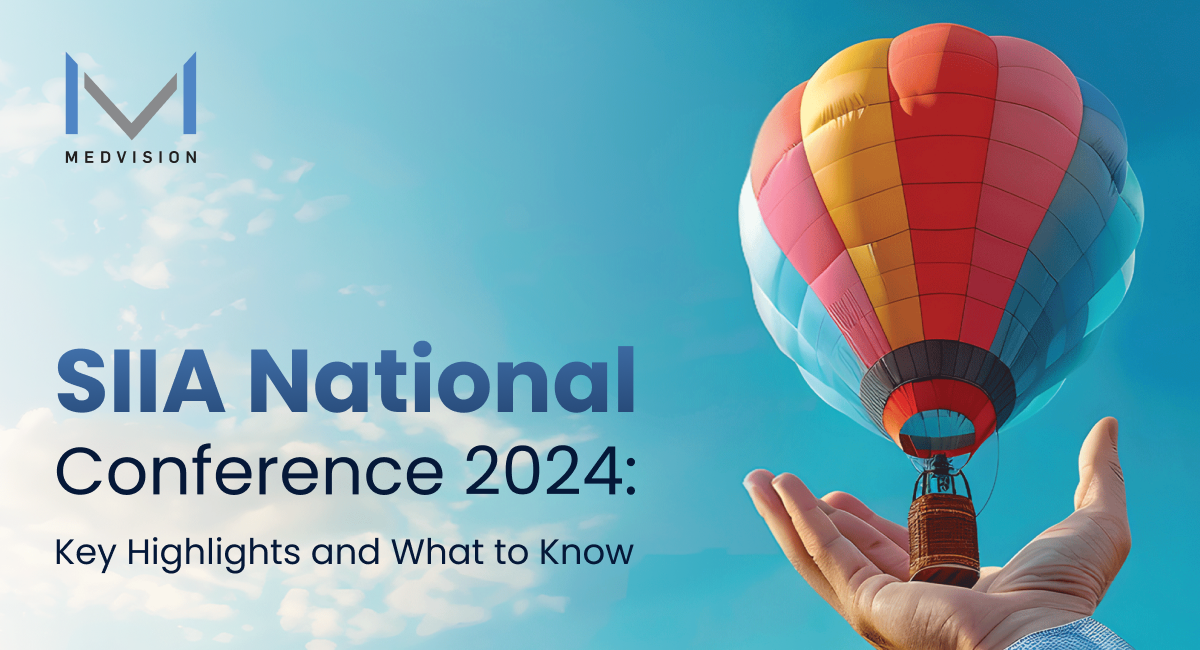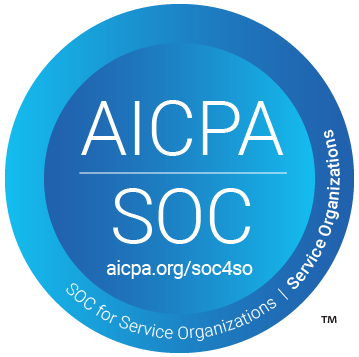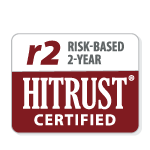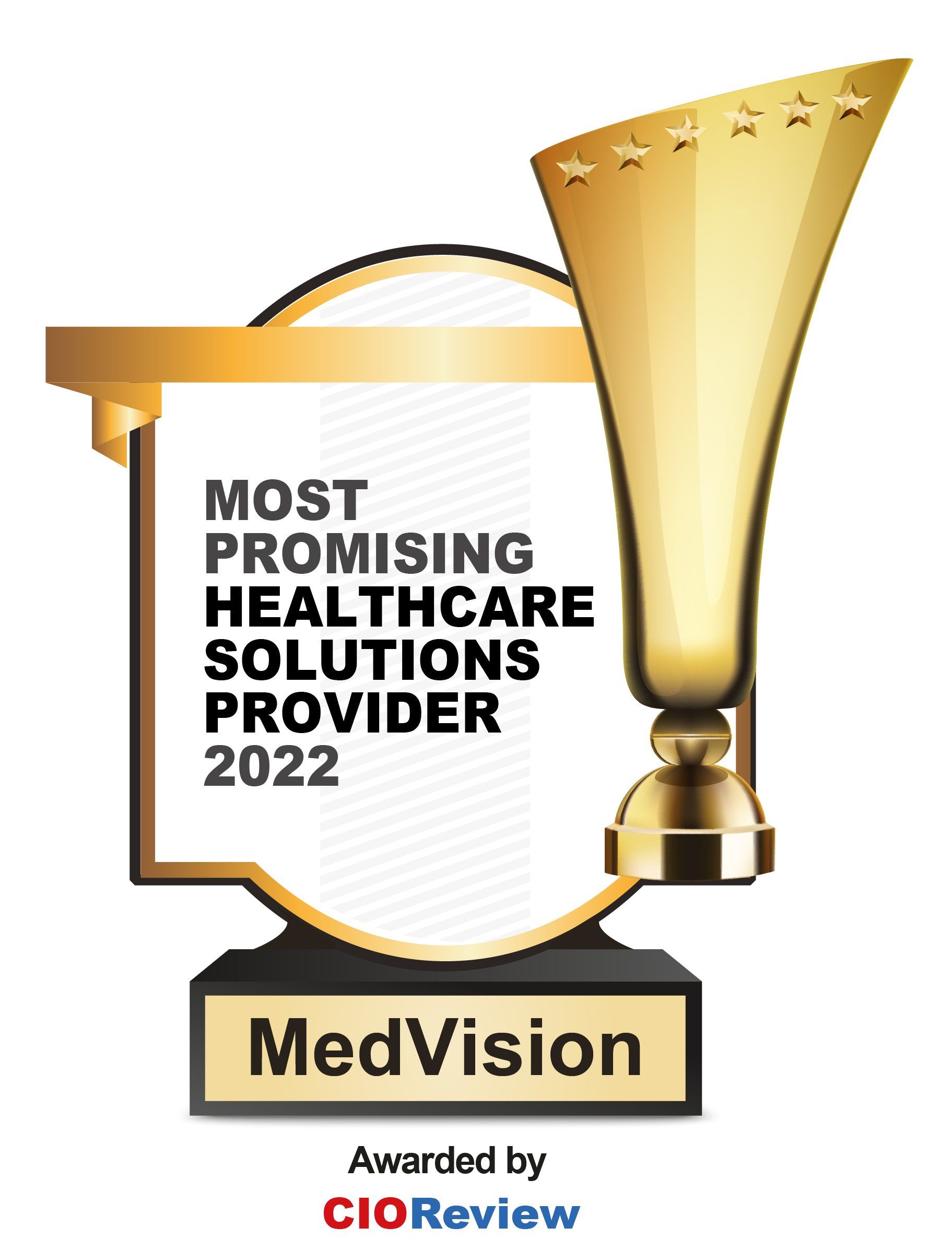Worried About Your Automated Claims Processing? There’s a New Software in Town
Working harder in healthcare does not always mean being efficient. There are many tools, beyond manually intensive methods, that could help your team alleviate heavy workloads.
From managing patient information through sophisticated electronic health record (EHR) systems to mastering AI-based clinical decision-making, efficiency is now the norm in town.
However,
claims processing appears to be a function that offers more complexities than solutions. It is a task replete with rules and paperwork, where data collection and repetitive work cause delays, failures and oversights affecting decision-making, and creating other painful
inefficiencies.
Even the role of a claim specialist may not always be the most ideal solution, as their success truly depends on their availability, prior workload, and location data.
In principle, healthcare professionals should spend more time analyzing data rather than preparing data. The more time they spend analyzing data, the easier it gets to revert inefficiencies, increase productivity, and target patients more effectively.
Running the Extra Mile with Claims Processing
Claims processing is one of those tasks that relies on data to ensure accuracy in decision-making. Regardless of how intricate this process could be, an effective way of optimizing the patient journey is to develop workflows that place patients at the core.
A recent study pointed out that
interpersonal skills - courtesy, respect, and effective communication - act as markers for patient satisfaction.
However, another study reported that patient satisfaction lies in patient-first experiences (hard skills) which ultimately leads to favorable outcomes.
Despite the lack of consensus about salient determinants of patient satisfaction, reevaluating competencies surely gives additional room for providers to hone their interpersonal skills and enhance the patient experience.
And the efficient processing of claims, at a business level, not only accelerates workflows but also delivers better patient outcomes.
The Claims Processing Journey at a Glance
The conventional approaches to process claims may not necessarily follow a strict set of rules. Yet, there is a particular attention paid to the following steps:
Step 1: A patient meets a member of the providers’ team at a clinic. Both appointment confirmation and services provided are tracked and submitted either electronically or manually.
Step 2: Upon successful submission of paper claims, patient documents must be scanned and manually entered. As for electronic claims, information is added to the system directly.
Step 3: At this stage, the claims are reviewed for completeness and accuracy (appropriate spelling, marked dates, duplicate charges, and other
specifications).
Step 4: Find the newly added patient in the system to determine eligibility (demonstrating coverage for the time of service).
Step 5: Part of assessing eligibility is to ascertain whether the doctors and/or facilities are within the network of the patient’s insurance plan.
Step 6: Upon approval, payers and providers determine payment for both entities based on their internal negotiations.
Step 7: Eligibility assessments also follow an in-depth determination of benefits. What are the covered benefits? And what is not included?
Step 8: Identifying medical necessity to ensure the patient is eligible for the indicated coverage.
Step 9: At this stage, payers conduct a risk assessment to determine unsubstantiated high costs, fraud, or other service anomalies.
Step 10: Provider receives payment for the rendered services.
Step 11: Covered patients receive an explanation of benefits (EOB) which includes a detailed summary of all the costs covered by the payer.
Step 12: In some cases, the patient receives a bill for any outstanding fees that are not included in the coverage.
As noted above,
claims processing is not a simple task. It involves different parties to collaborate in the smooth delivery of care. The amount of time it takes to process a claim might vary depending on how productive your team operates throughout their workflows.
With that in mind, let’s explore four ways to build efficiencies and how a new
automated claims processing software can make all the difference.
Build a Workflow Schema
Managing claims can be tedious. From service touch-points to billing, the journey requires an effective coordination of duties, so building a workflow schema makes business sense.
Upon submission, a claim should be treated in the most efficient manner possible. Despite the current HIPPA-imposed regulations on electronic claims processing, manual intervention remains vital to some reasonable extent.
However, management should bear in mind that the more people involved in this area, the higher the margin of error. That is why automation matters a lot!
Shun Inaccuracies from the Outset
Part of the intricate task of handling claims is to ensure the billing department works with the right information. As clear-cut as it sounds, a minor error on a patient’s document could lead to mayhem.
There have been cases where some people had to cover additional out-of-pocket expenses due to inaccurate information, wishing the system in place was decent enough to work in their favor.
To avoid inaccurate information on paperwork, management must ensure members of the billing department follow adequate instructions on how to handle information and understand the importance of accuracy at all times.
This step may be hard and costly to accomplish, yet staff training makes all the difference. Of course, investing in the right technology improves the management of data and reduces discrepancies.
Set up a Fully-Fledged System to Monitor Claims
Monitoring claims processing from start to finish not only reduces inaccuracies but also secures transparency of claims.
It’s the responsibility of the claims coordinator to ensure patient records remain updated at all times, prioritize billing as a source of payment awareness, and track payments to keep an eye on cash flows.
All these interventions can be exhausting to coordinate, yet competitive healthcare organizations now rely on management software to cover the different tasks claims management entails while streamlining their
workflows.
Pave a Path towards Efficiency with a Claims Processing Software
As explained above, efficiency starts with improved competencies. And those competencies can be improved through the right use of technology. Relying on cutting-edge technology reduces inaccuracies and stimulates business growth.
To meet the current need of healthcare organizations,
artificial intelligence (AI) has
the power to process claims and authorizations and reduce
over-reliance on manual tasks.
AI-enhanced tasks not only reshape your workflows but also help your team anticipate future healthcare systematic needs. The benefits of technology are bountiful as healthcare organizations are central to the effective management of care in the U.S.
Hence, QuickCap 7 (QC7) is MedVision’s best solution for solving your toughest productivity issues. With its innovative interface (UI), QC7 offers an unparalleled system to manage claims with unbeatable speed and accuracy.
Automation enables streamlined workflows and increases revenue cycles, and
automated claims processing improves profit margins significantly.
For that reason, we invite you to
learn more about QC7 to leap your organization to the next level of efficiency.
Explore Related Blogs
Recently published articles
Keep in touch
Subscribe to get the latest update
Trending topics
Share your insights on social media
Upcoming events and company news






